Oliver stated in his thank you letter: “I did not realise that our plants defended themselves from moa. They disguised themselves and camouflaged their leaves so moa couldn’t see them very well. Also I didn’t know there were different types of moa. I thought there was just one.”
Room 2 to made two tracking tunnels that were placed in the gully. In just 24 hours, prints from mice, rats, a hedgehog and a cat were recorded. Identification cards were used and examples from Mount Tauhara were also examined, revealing stoats, weasels and possums.
Kaitiakitanga manukura - Liam, Max S, Laura, Ava, Benjamin, Leela, George and Kase - spent time in the gully. These students are environmental leaders and guardians of the school environment. George couldn’t believe how many prints there were in such a short time. Laura is passionate about the gully and about what goes on during the night. “There is a lot of nocturnal activity,” she observed.
Frankie stated that she now knows that we need to plant more native trees and plants to support our country’s unique ecosystem. Max M. particularly enjoyed the interactive game on the courts, which saw students being able to take on the roles of native and predatory animals. “I got to be a predator so I could attack the small native animals. I liked the game. I did feel bad for the native animals because they are endangered so they wanted to stay alive.”
Learning about New Zealand’s many curious endemic species and examining predators’ footprints captivated students like Te-Rakai and Liam. Being able to assist in the building of tracking tunnels has given learners like Kimberley and Lucy real-life experience in the battle against unwanted predators.
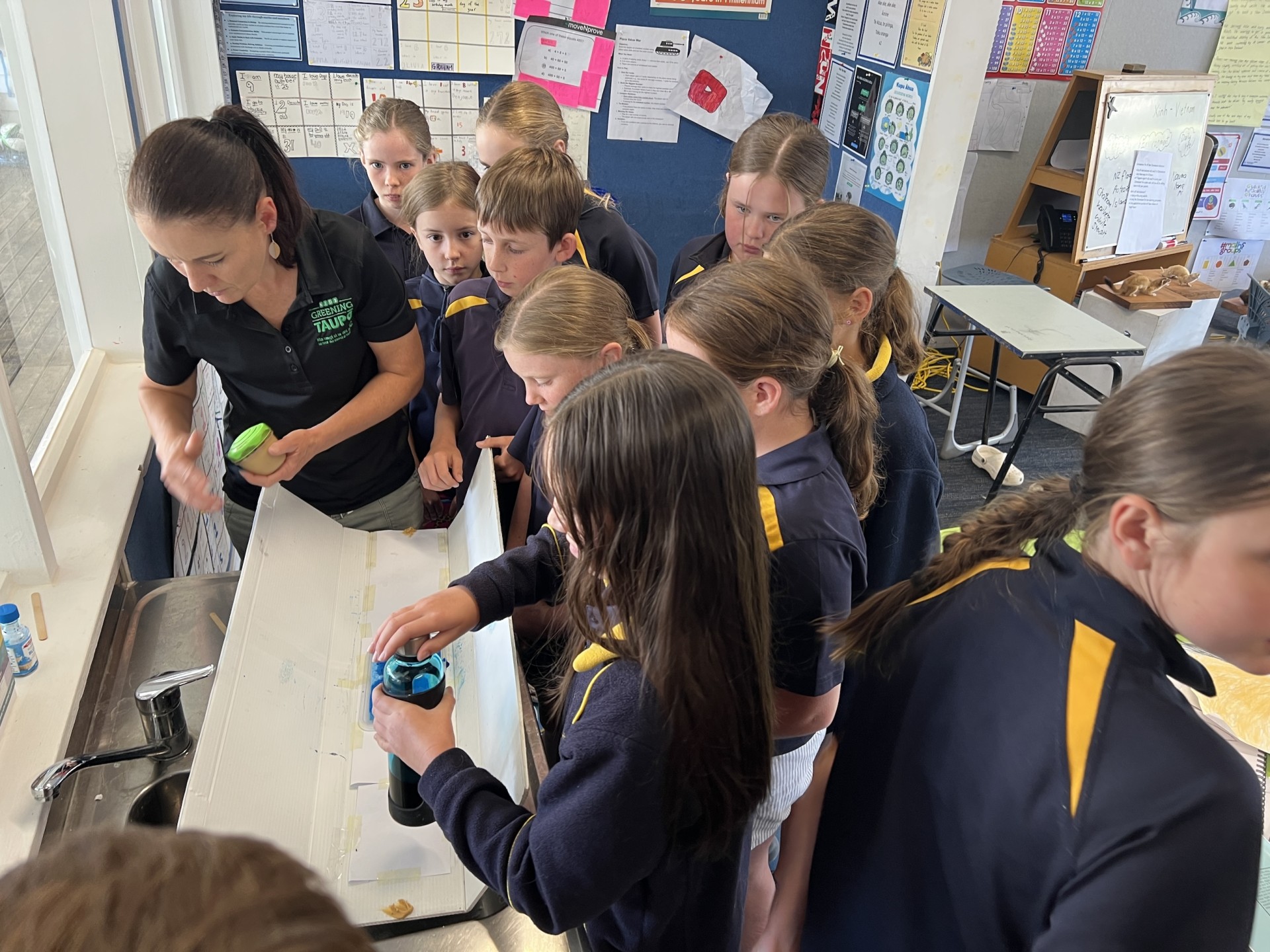
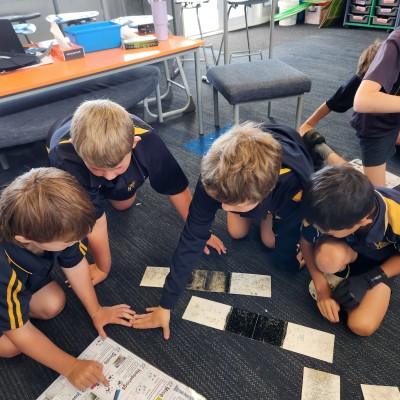
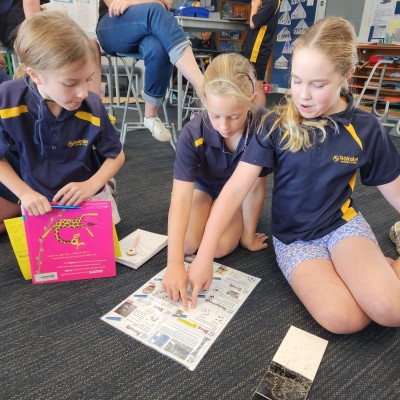
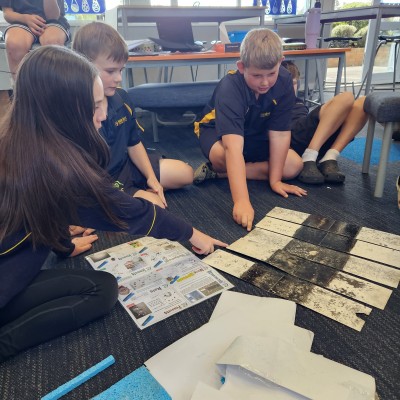
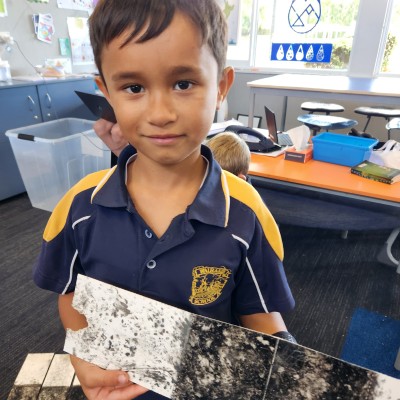
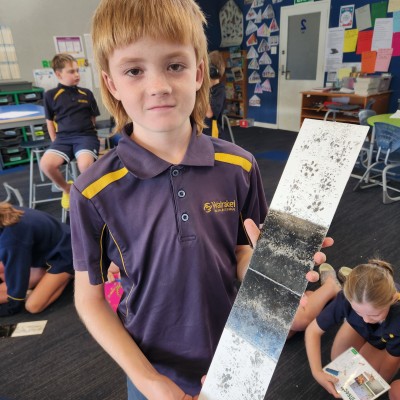
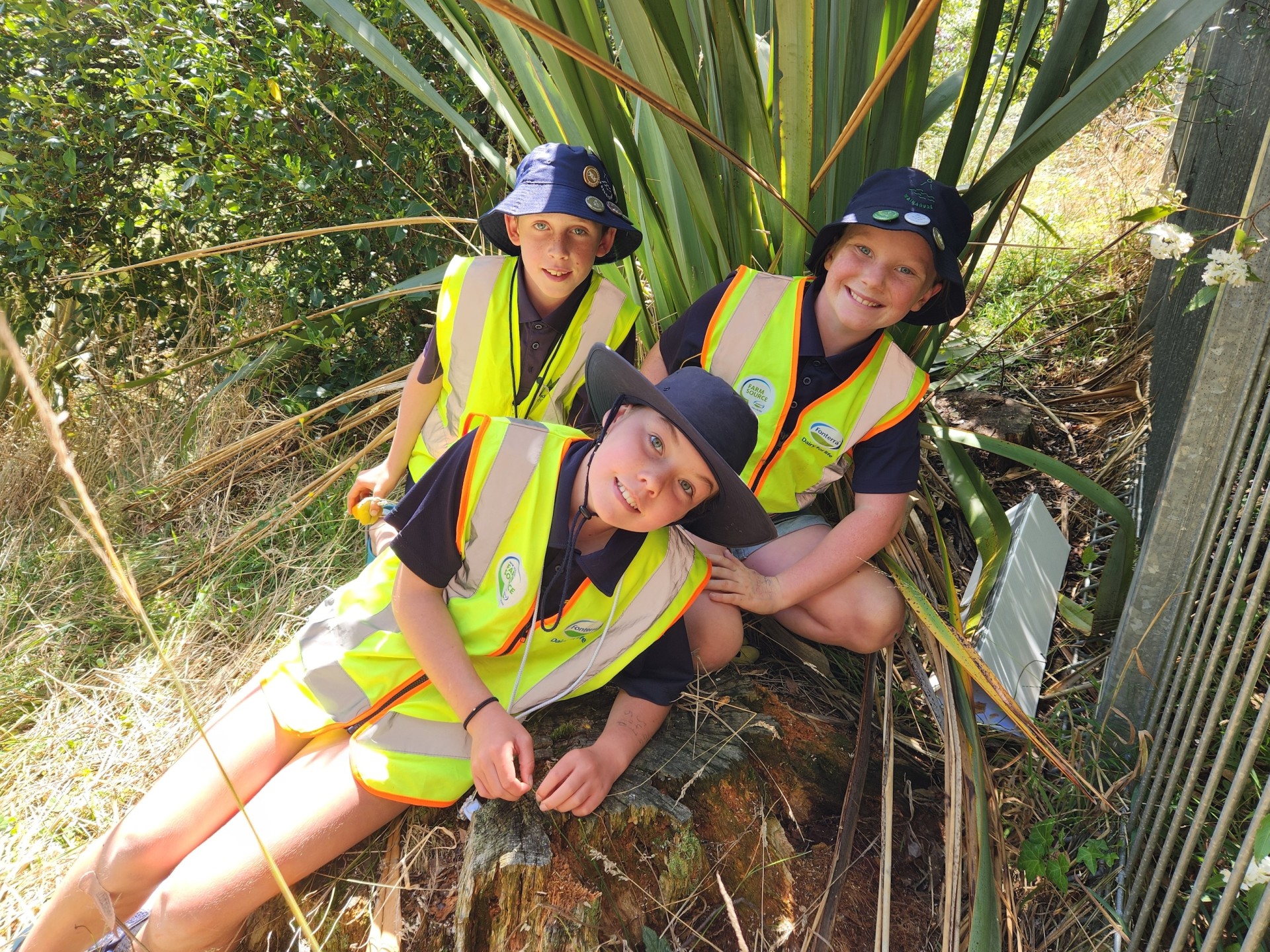
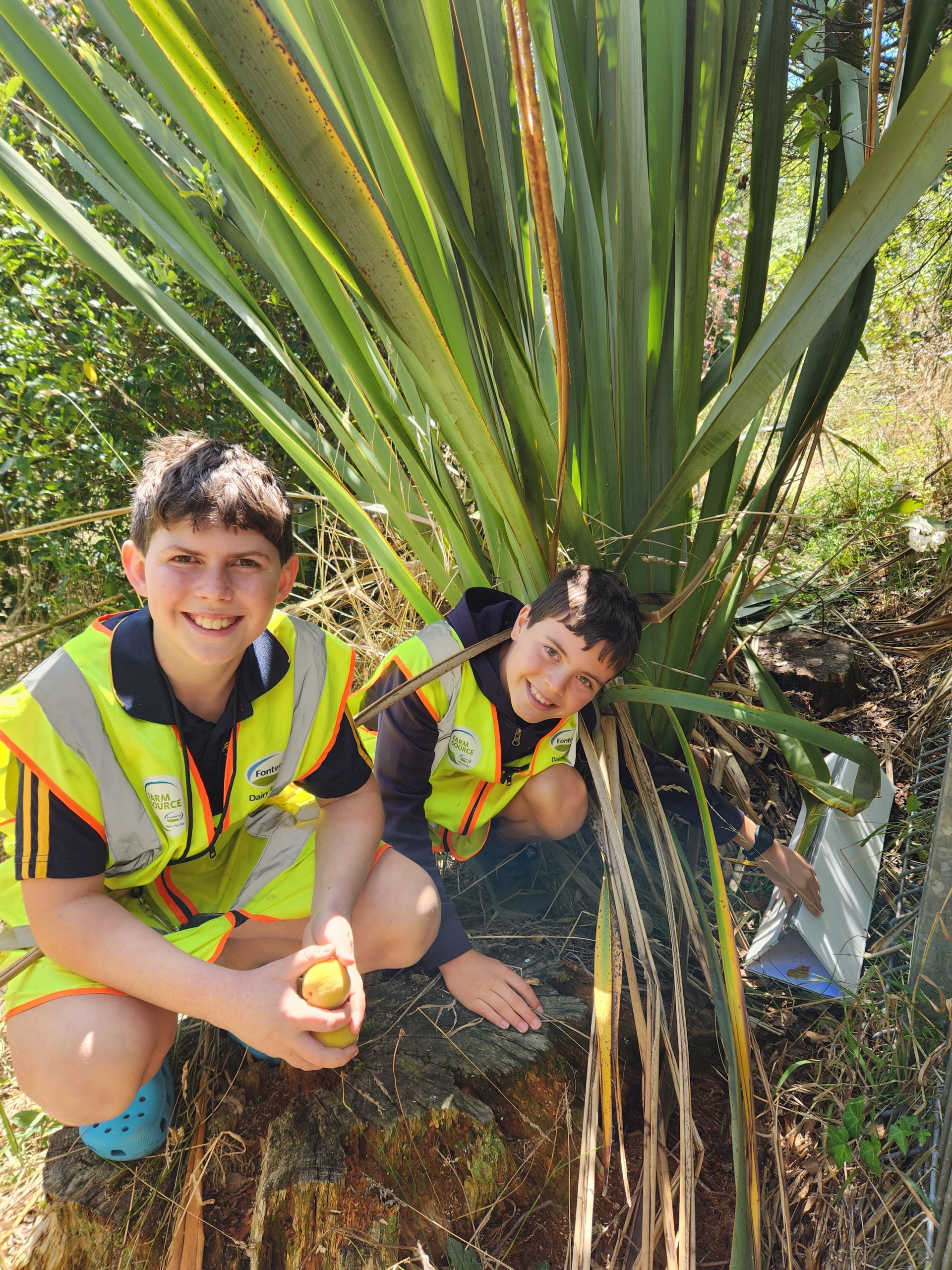

Comments
No one has commented on this post yet.